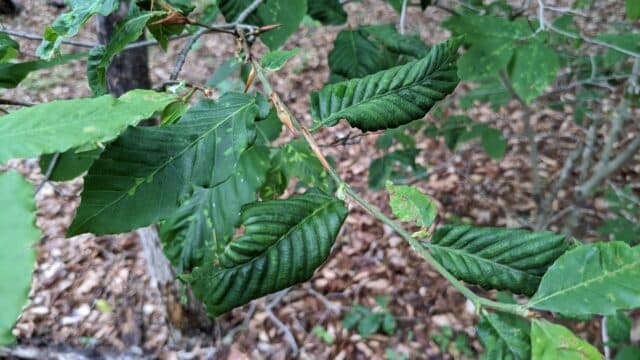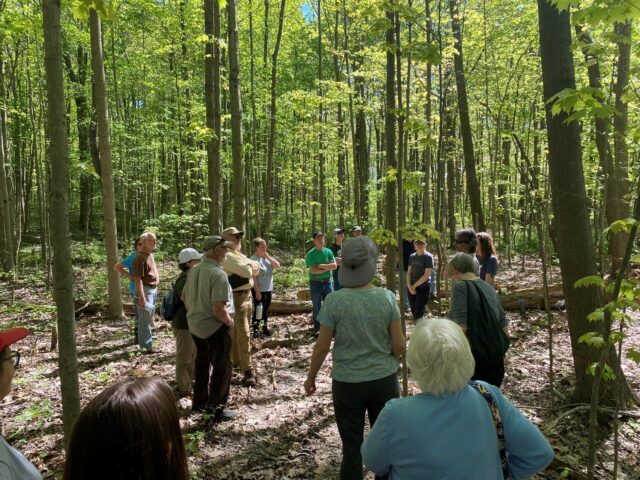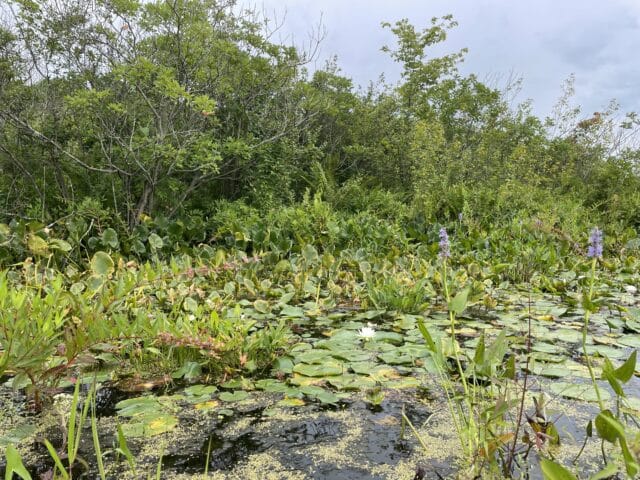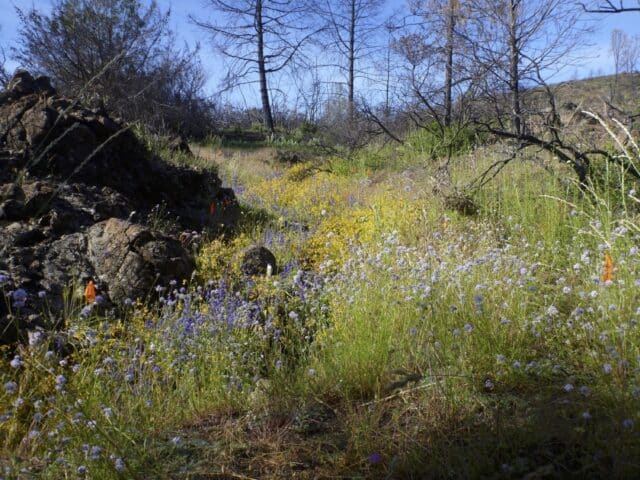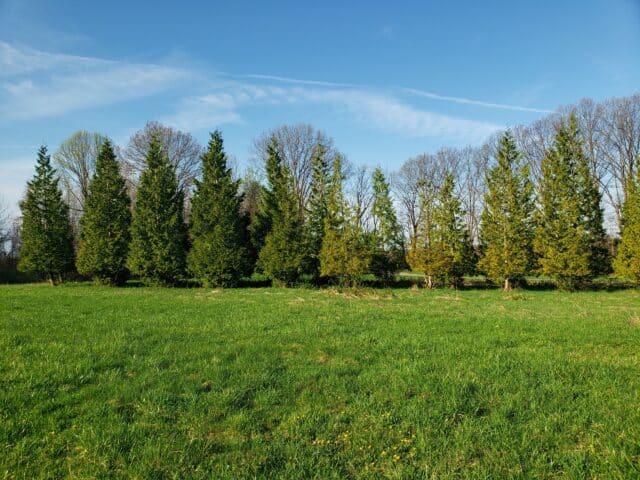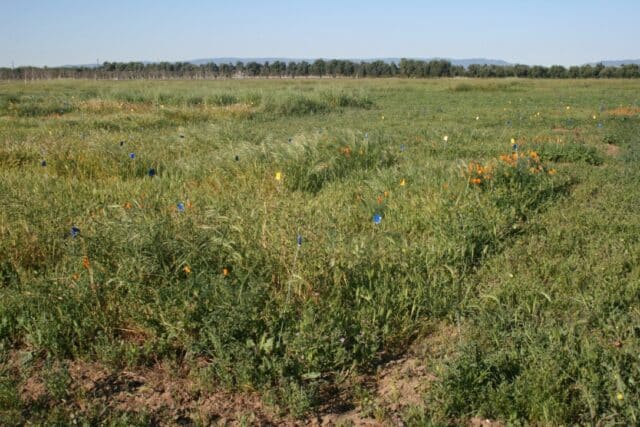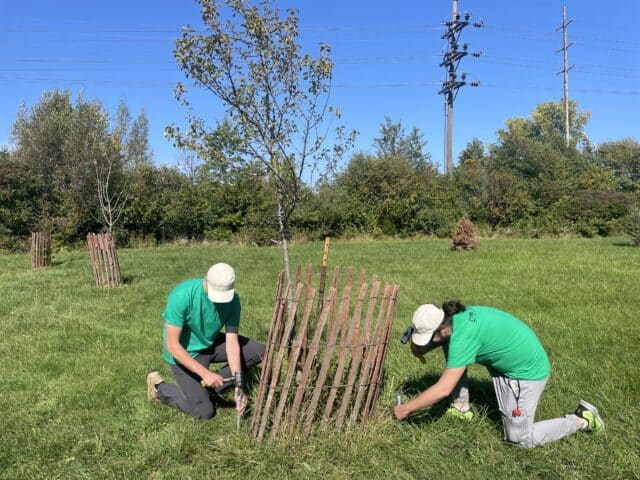New Research Reveals How the Environment and Genetics Influence Plant Microbiomes, Offering Insights for Climate Resilience
October 24, 2023

The more researchers investigate the microscopic word, the more microbes have been found living in and on other organisms — including plants. These microbes aren’t just hitching a ride; they’ve evolved in tandem with their host organisms, and are very much influencing, and influenced by, their hosts. This means if we want to fully understand living organisms and their abilities to adapt to future change, we need to know more about their relationships with their microbes, called microbial symbionts.
Microbiomes can have a profound impact on the health and survival of their host plants. But how the diverse microbial communities that live on plants worldwide are structured and function are only just being revealed. In a new study published in Microbial Ecology, researchers delve into the biogeographic distribution of plant-associated microbiomes, shedding light on how environmental conditions and the genetic makeup of the host plants influence these microbial communities.
The new research was led by scientist Na Wei at Holden Forests & Gardens, and used the model organism duckweed. The work supported by the National Science Foundation is an important step toward understanding the resilience of ecosystems in the face of climate change and human activities.
The team sent a field crew to 34 locations across the eastern United States, spanning a latitudinal gradient from Louisiana to New Hampshire. They collected samples of duckweed, a cosmopolitan plant that grows on the surface of ponds and other slow-moving waters, plus samples of the water to assess their environments. They assessed the genetic diversity of the duckweed populations, the species composition of their microbiomes, and the water quality of each site to see which factors had the greatest influence on the plants’ microbiomes.
Wei and her team discovered that unlike the diversity of plant and animal species that peaks in the tropics, the diversity of duckweed microbiomes was 10% richer in temperate regions compared to lower latitude areas. Higher temperatures and higher sodium concentrations in aquatic environments were found to negatively affect the diversity of duckweed microbiomes. This suggests that factors such as increased salinity in freshwater ecosystems due to, for instance, road salt pollution and sea level rise, as well as increased temperature under global change may have negative impacts on plant microbiomes and their distribution patterns.
Precipitation, pH, phosphorus, calcium concentrations, and the genetic diversity of duckweeds were identified as key drivers shaping the composition of duckweed microbiomes. These findings provide predictive insights into the potential impacts of climate change and anthropogenic activities, particularly nutrient deposition and discharge into ecosystems and the overall quality of aquatic environments on plant microbiome biogeography.
“Understanding how the environment and host genetics shape plant microbiomes gives us a deeper insight into the resilience and vulnerability of these ecosystems,” says Wei. “This knowledge is vital as we grapple with the effects of climate change and the impact of human activities on our natural world.”
These findings hold immense implications for our understanding of host-associated microbial biogeography and how it relates to the resilience of plant ecosystems in the face of changing climates and human activities.
Citation: Wei, N., & Tan, J. (2023). Environment and Host Genetics Influence the Biogeography of Plant Microbiome Structure. Microbial ecology, 1-11.
Contact:
Dr. Na Wei, Plant Biologist, [email protected]
Dr. Anna Funk, Science Communications Specialist, [email protected]

Anna Funk, PhD
Science Communications Specialist
Anna Funk is the Science Communication Specialist for Holden Forests & Gardens. She earned her Ph.D. studying prairie restoration before leaving the research world to help tell scientists’ stories. Today, she wears many hats, working as a writer, editor, journalist and more — anything that lets her share her appreciation of science and its impact with others.
